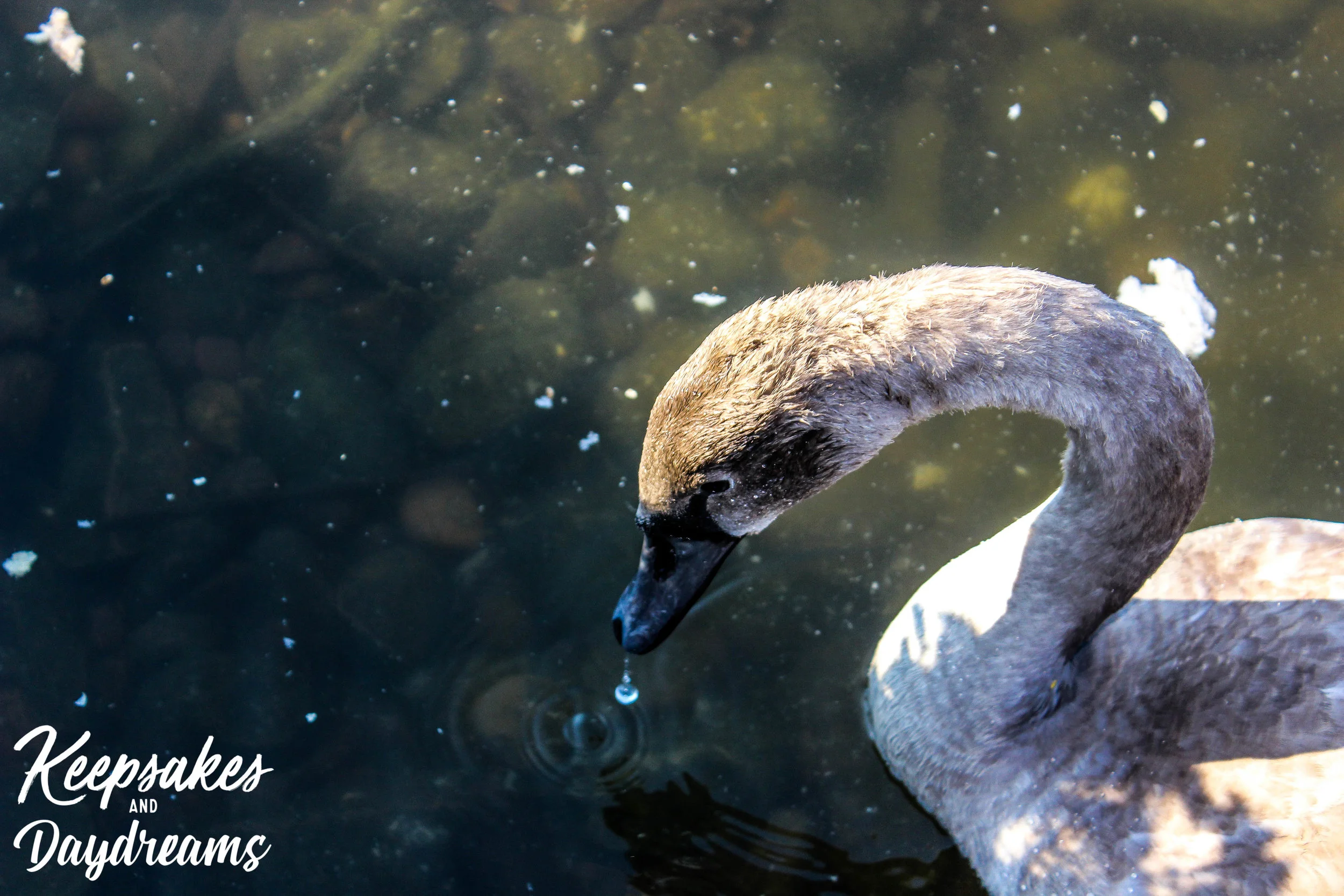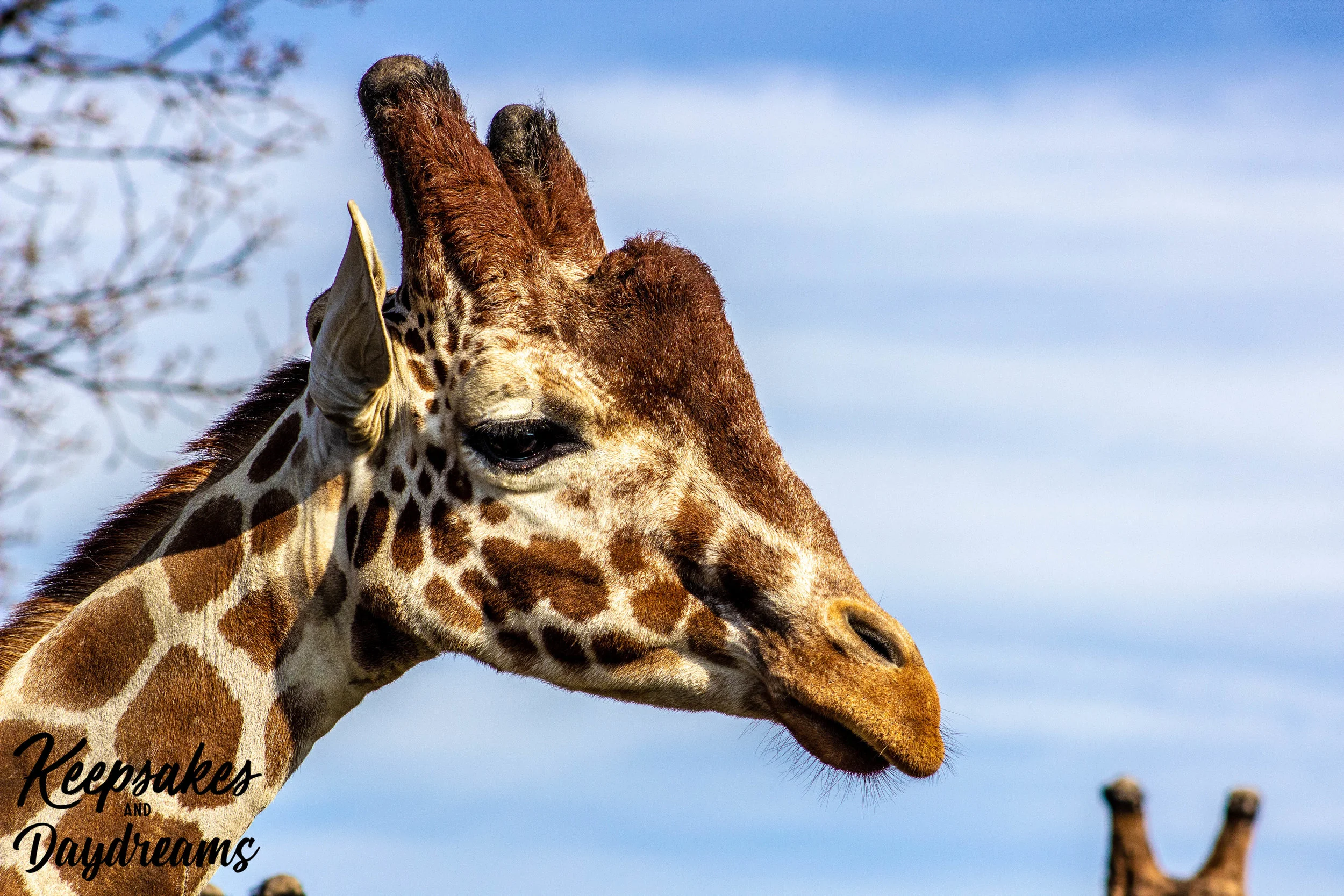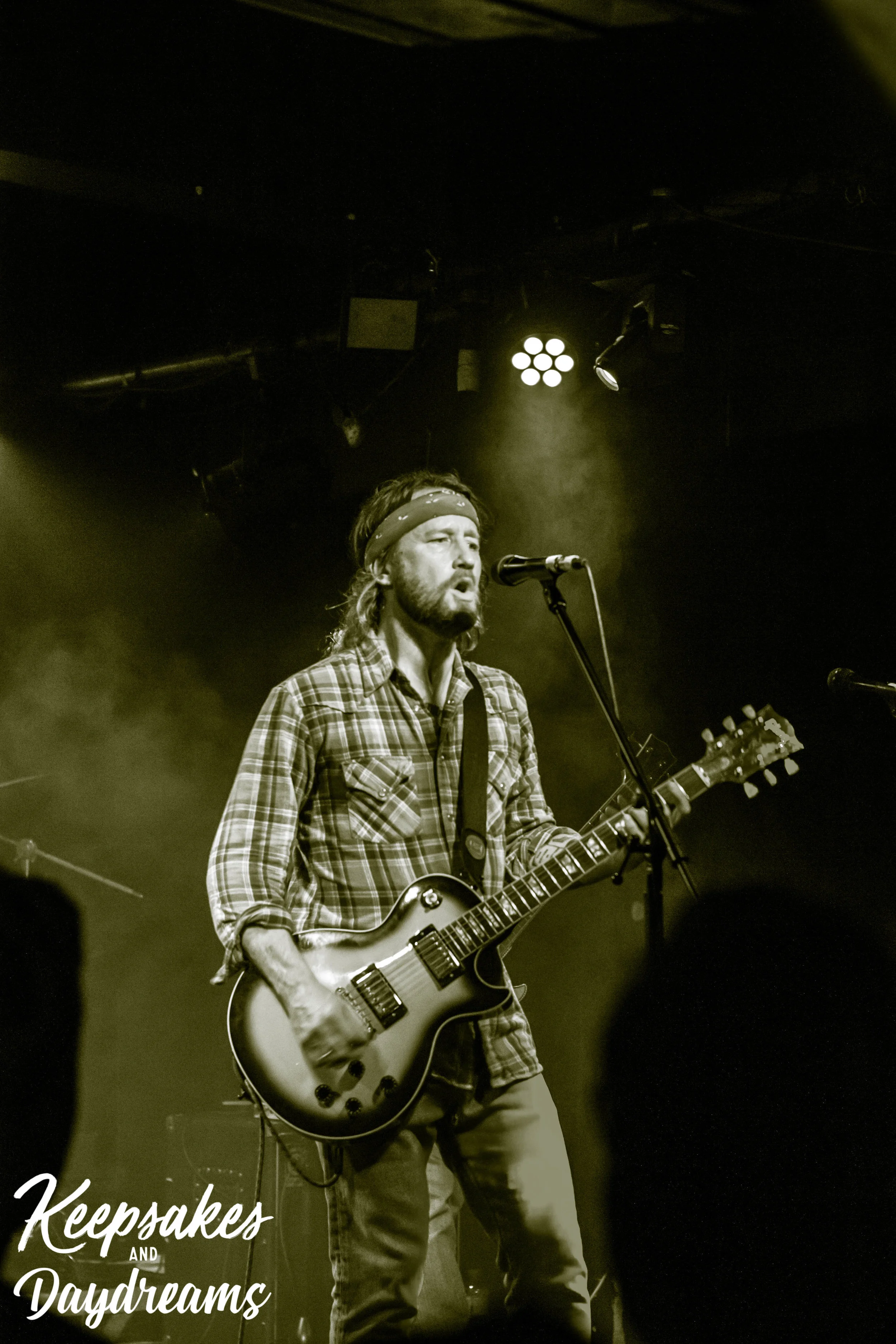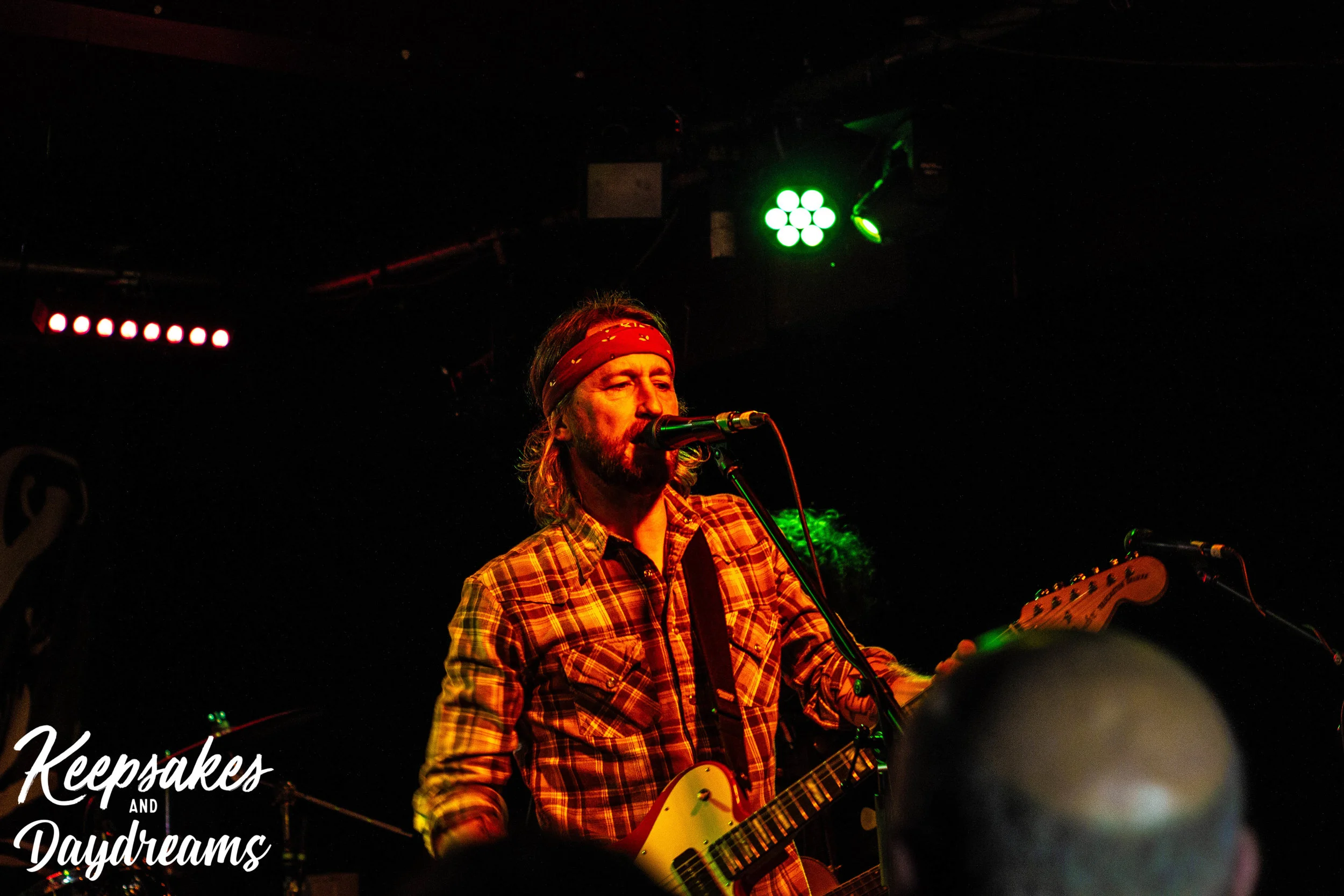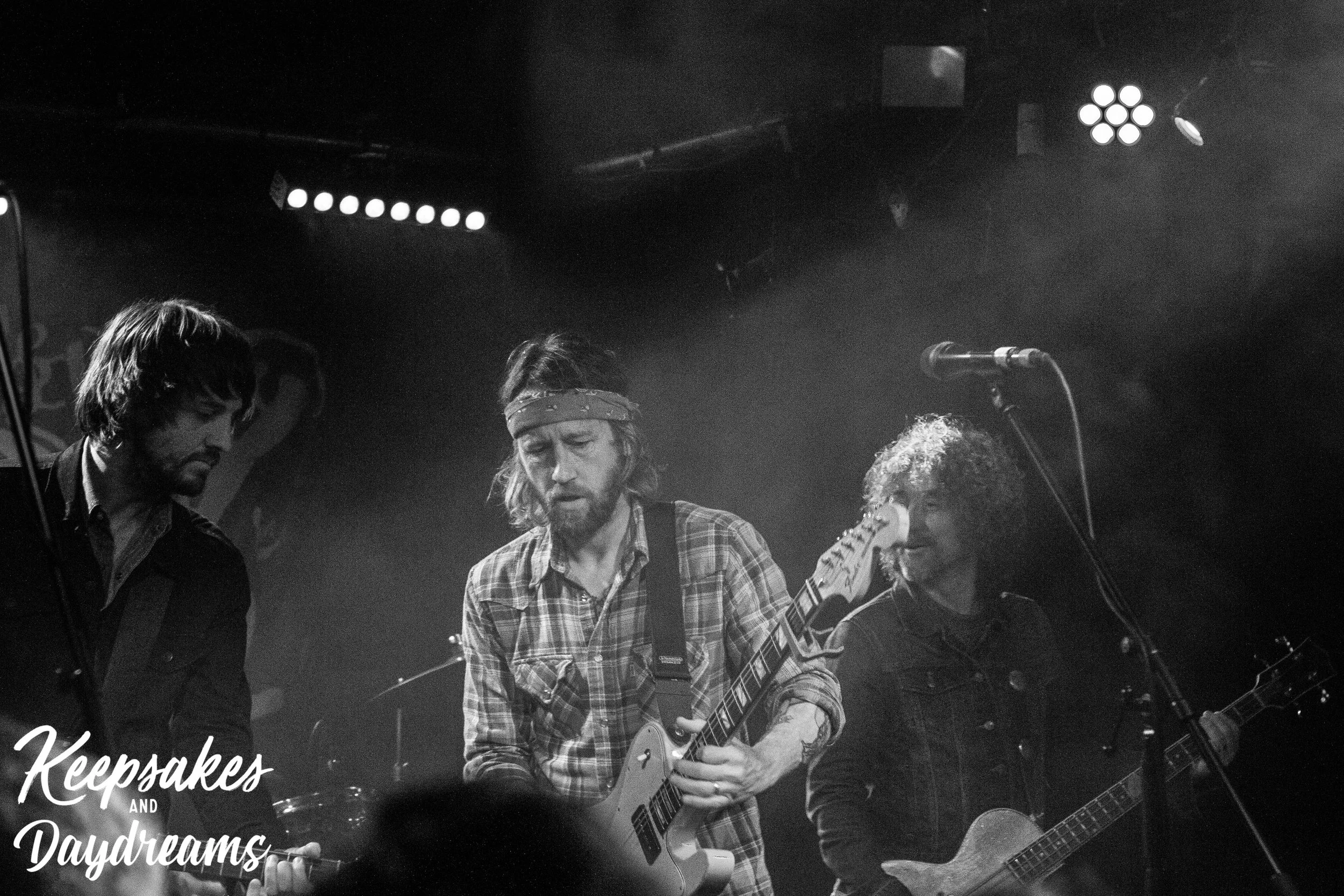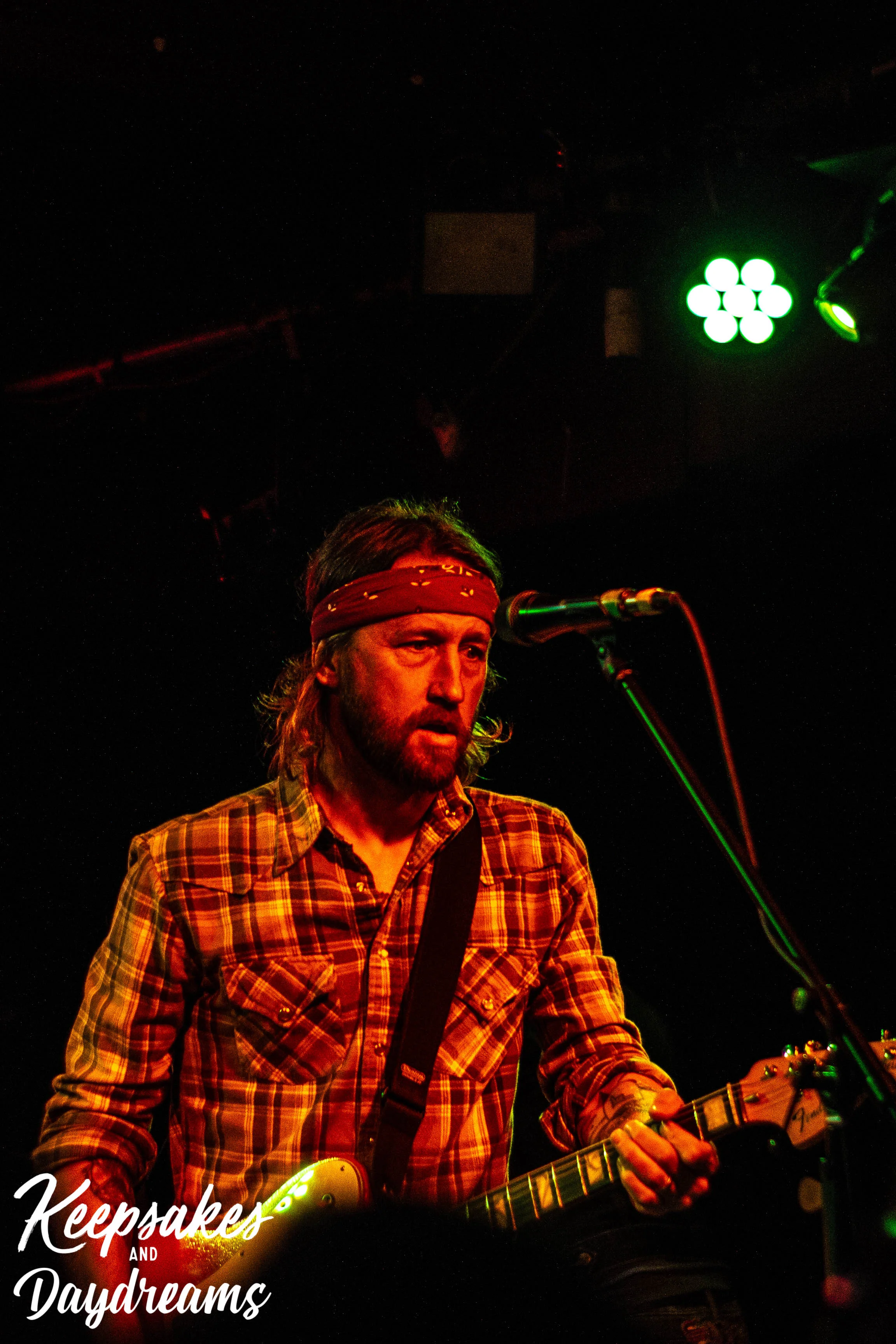So Summer is fast approaching and maybe you are wanting to get some great holiday snaps with your DSLR but don’t want to carry around lots of clunky equipment. I am going to give you some advice and recommend some products that I have used to capture some great shots whilst travelling.
I am going to talk about Canon Cameras because that is the brand I use. However you can find your preferred brands equivalent and use them instead.
I have done most of my travel shooting to date using a crop sensor DSLR. So I am going to be giving the best lenses to use with this sort of camera as opposed to full frame.
Luggage allowances can be the bane of any travelers existence and it can be part of the reason behind your decision about what you can and can’t take.
I would recommend a camera bag that you can use as hand luggage to ensure the safety of your Camera Body and Lenses. One like this is a good size and price. This is the bag I use and I am yet to have any airline refuse it. Although be prepared for Airport security to thoroughly check your bag and potentially swab your camera and lenses when going through security.
I would recommend a travel tripod. These tend to be small and robust and can fit easily inside your luggage without taking up much room or adding much weight so you can still pack all those essentials. This is the one I use when I go abroad and it can be attached to my camera bag for when I am out and about exploring. I love the quick release plate which means I can leave it attached to my camera all day and when I need to I can just quickly pop it on the tripod when I want without having to mess around too much. One issue with them however is that they are limited on height; this one only stands at 22 inches (1.8 Feet approx) when fully extended which does mean you will probably be looking for a wall to set this on. Its feet are movable though, so you don’t have to be looking for a completely level surface to set it up on, and a handy spirit level on the tripod will tell you when you have it all straight.
This might seem like an obvious one but it still needs stating. Make sure you have your battery’s charger. You don’t want to get abroad and find after a day of shooting, with lots more exploring to be done, that you can’t as you haven’t got anyway to charge your battery. *It is also important to ensure that your camera has sufficient charge to be able to be turned on at the airport. If your device can’t be switched on it can be confiscated.
Now on to what lenses to take with you obviously this is all subjective and would depend on limitations on weight and room in your bag etc.
Zoom lenses are a great way of saving room as you can have them cover multiple focal lengths that you might usually have in your kit bag and this way you only have to take one lens instead of two.
Most crop sensor DSLR will come with one kit lens. Fairly common to get an 18-55mm lens. If you don’t have one it’s a handy little lens that is worth getting in your kit to save on space.
I would recommend a fairly wide angle lens. Something like the Canon EF-S 10- 18mm ( I am yet to find a full frame alternative. If you are reading this and know of one let me know in the comments below) this allows you to take shots that will encompass more of your surroundings. Also good if you’re in a confined space and can’t move your feet to get what you want in the frame.
Example below of my wife on a footbridge in Venice. There was a steady flow of people behind so I couldn’t step back and try to frame up this shot with my 35mm and, in fact, the distance I would have had to go to get a shot similarly framed would have had meant having loads of extra people filling the frame. It is also a good selfie lens if that is what you are after.
ƒ/5.0 Shutter Speed 1/40s ISO 500
Then at the opposite end of the spectrum I recommend a Canon EF 75-300mm. This will allow you to get in real close to the action that you just wouldn’t be able to get near to in normal circumstances or to get greater detail on landscapes. However, this is a big bit of equipment and might be a little too big for some bags.
Below are two examples; the first showing a close up of a dome on the Cattedrale di Palermo. And the second is a shot taken from Fisherman's Bastion in Budapest looking out over the Danube River.
ƒ/11.0 Shutter Speed 1/160s ISO 320
ƒ/5.6 Shutter Speed 1/15s ISO 3200
If you are not short on space I would certainly recommend packing a 35mm, 50mm and a 100mm set of prime lenses. They are typically more versatile and allow for lower ƒ/Stops which can also reduce the need for a high ISO. Which reduces noise and increases the overall quality.
You might have read this and be wondering why I am advocating for crop sensor cameras as opposed to full frame.
Firstly, the cameras are cheaper and usually they are covered within your travel insurance, or if not, it is a smaller add on charge than Full Frame cameras which cost into the thousands which will lead to a greater premium on your policy so they can be more cost effective for some people. Secondly, they tend to have a built in flash which saves on space in your camera bag and additional expenditure if you had to buy a separate flash.
If you have found this useful then please share. Thanks for reading.




